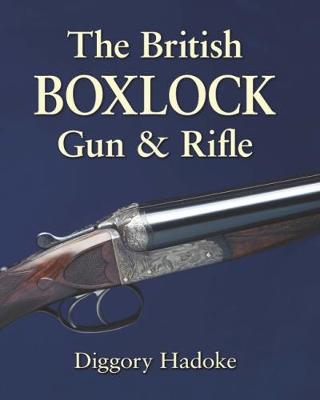MacDonald Hastings, writing in 1981, had this to say about the strides being made in shotgun ammunition development: ‘(It is) currently criticised because the plastic cases have been found to be as indestructible as the flint arrow heads of our stone age ancestors. Landowners object to the detritus of expended cartridges. Currently, the aim is to produce a cartridge which is weather-resistant and which will dissolve into the soil. It is probably very near’.
As with many technological issues humanity has wrestled with over the years, it must have seemed that we had finally got it right with the plastic-cased, waterproof shotgun shell with enclosed plastic shot cup wad. Since the 1860s, shooting men had sought cartridges that did not swell when exposed to British weather, and which patterned well and gave good performance at longer range. Plastic enabled this to be achieved. Along with non-corrosive primers, and crimped-closure cases instead of the over-shot card that sometimes ‘blew’ patterns, leaving big holes in them, all the shooters ills had been cured.
By the time I was old enough to have a shotgun licence, we had non-corrosive, waterproof, effective and inexpensive cartridges that we very much took for granted. Today, however, humanity is no longer simply trying to conquer Mother Nature, we are trying to live with her without our improvements poisoning her.
Plastic is a man-made material and shooters are conservationists (or at least we claim to be). On the issue of plastic it is time we walk the walk and not just talk the talk.
Can plastic shells be re-cycled? Well, if you go and look at the huge pile of empty cases at the West London Shooting School, it would suggest that the answer is ‘No’. Instructors say they have offered them to anyone willing to take them for recycling, free of charge. No takers.
There are 600,000 shooters in the UK. If each shoots a hundred shells a year, that amounts to 60 million empty cases that are not being recycled. If half of those people shoot game or vermin and fire 100 shots a year, that is 30 million plastic wads littering the countryside, being ingested by farm animals, washing into water courses and out to sea. I think readers will agree my figures are very conservative.
No shooters I know would empty a bottle of Evian and throw it on the ground at their shoot, yet we appear to be OK with littering the field and coverts with plastic wads.
Many shoots today require fibre wads for game shooting and small clay shoots do likewise, when held on farmland. Perhaps we have reached the stage that plastic needs to be phased out of our sport.
What is the alternative? Our ancestors used brass or paper cases and felt or paper-pulp, cork or vegetable-fibre wadding.
What is the alternative? Our ancestors used brass or paper cases and felt or paper-pulp, cork or vegetable-fibre wadding.
Paper cased cartridges are still available but there is a price differential: Eley Grand Prix paper cases are £371 per thousand, while the plastic cased version is £322. Gamebore Regal paper cases are £349, while the plastic alternative is £316. You are paying 34 pence per shot, instead of 31 pence if you chose paper.
Gamebore are using wool as a wadding material in their top-of the-range cartridges and an American company has patented the use of PHA as a wad material. PHA is a naturally occurring biopolymer rather than a petroleum-based, polymer. It’s synthesised naturally via the fermentation of sugar and lipids.
PHA is biodegraded quickly by microorganisms in land-based and aquatic environments. It has the unexpected advantage of degrading by weight at least twice as fast when continuously submerged than when it’s submerged most of the time but periodically exposed to light and air for brief periods. It has a tendency to sink and therefore be continuously submerged.
PHA wads are as functional as non-degradable plastic wads and are sufficiently durable to withstand being discharged from a shotgun. With plastic technology this advanced, can we finally say goodbye to the indestructible polythene wads currently in common use? Eley Hawk have introduced the fully degradable plastic wad into their VIP Steel range. I hope we will see that extended to their game cartridge range very soon. Speaking to Game Bore at the Game Fair in July, I was told that a non-plastic alternative wadding is imminent.
Varnished paper cases, water-soluble wads, or even a return to wool felt; whatever the future holds, it seems we should all be thinking about returning to natural materials for our shooting components. This season I’m ordering paper-cased, fibre-wad cartridges for myself and all my shooting parties. How about you?

Published by Vintage Guns Ltd on



